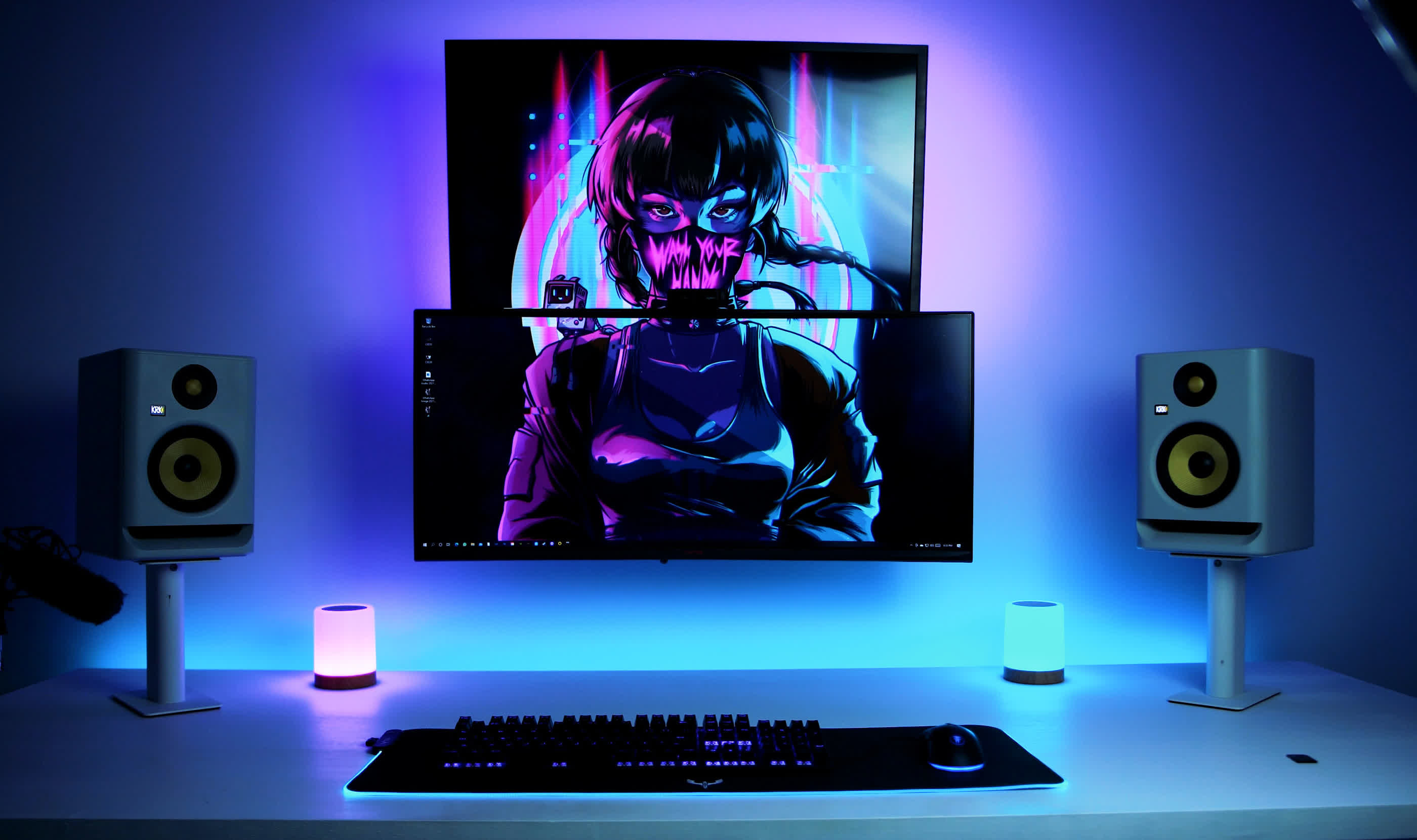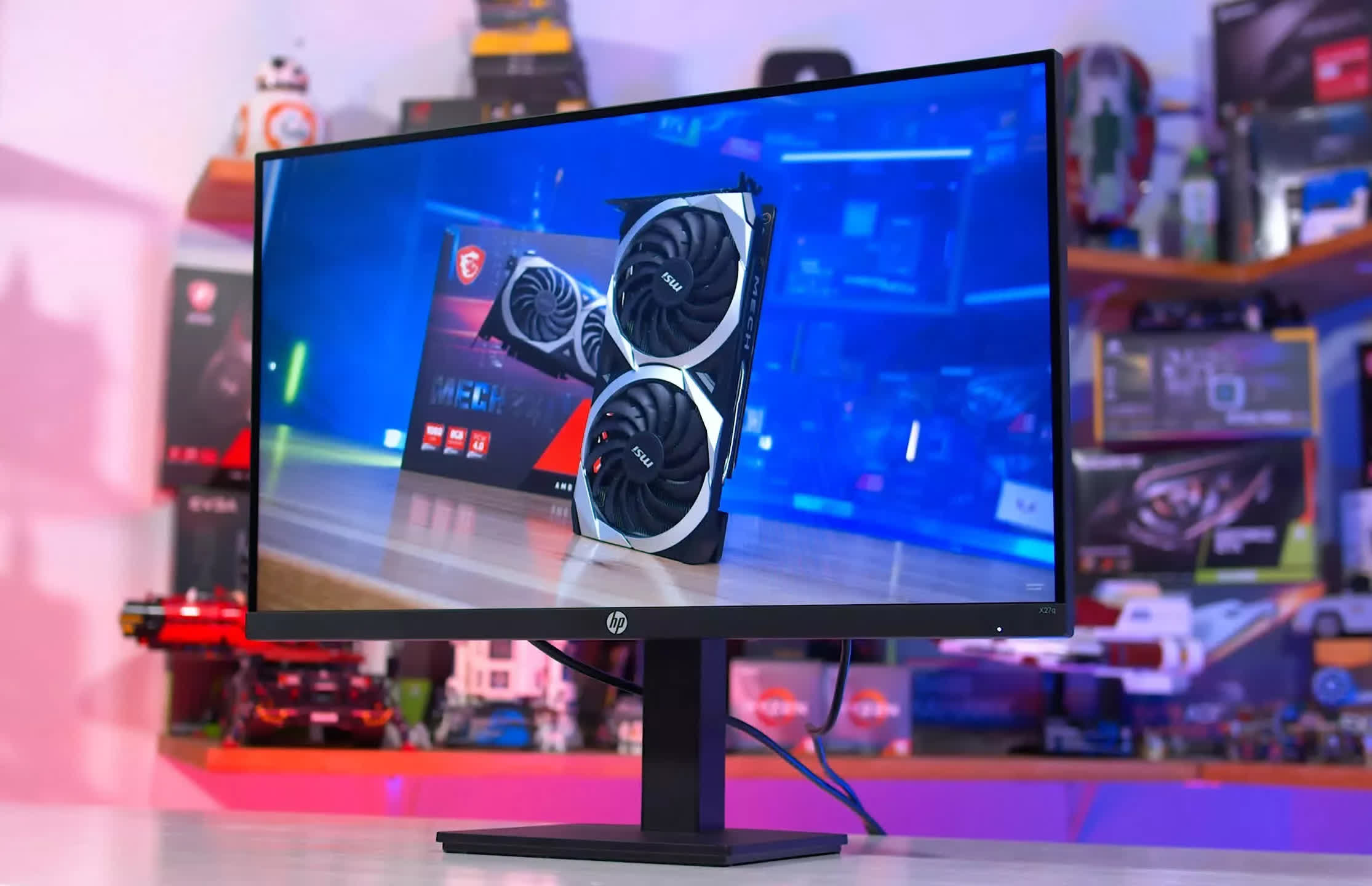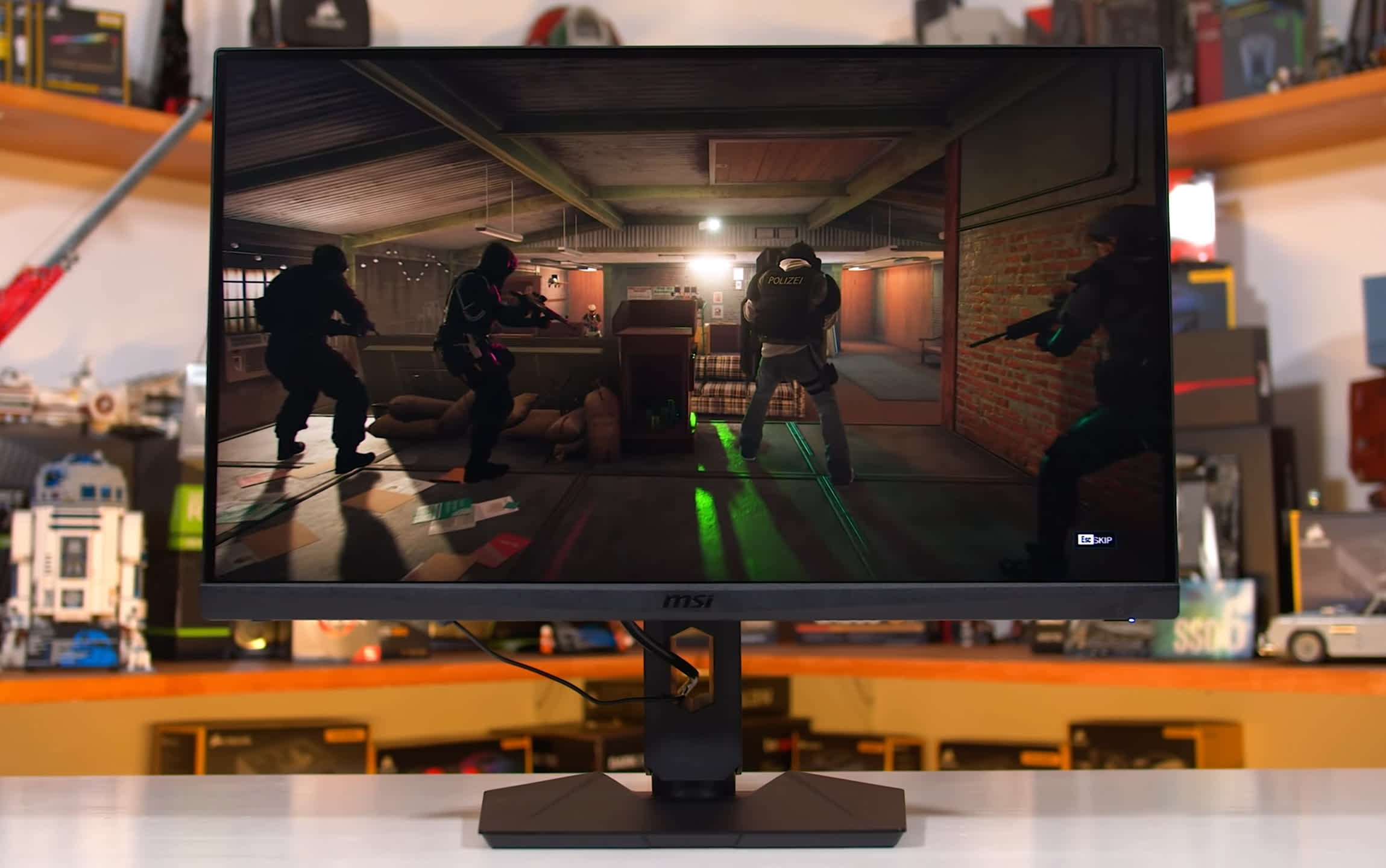See our latest update to this buying guide: The Best Gaming Monitors
Gaming monitors at 1440p remain the sweet spot for many PC gamers who don't need to spend a ton of money to play at high refresh rates. Our last update to this guide was in early 2022, so it's time for a full refresh as we get closer to the holiday season ahead of us. There's been a lot of action in terms of pricing, with many of the gaming monitors we had reviewed in months prior dropping in price, so that's something to talk about for sure.
Our recommendations for the best 1440p gaming monitors cover four key categories: medium refresh rates, high refresh rates, 32-inch monitors, and HDR options if there are any. As for the actual recommendations, we do tend to discuss and recommend monitors we've personally tested and know to be excellent options, or monitors that are very similar to the ones we have tested. It's always worth going back and checking out the dedicated monitor reviews we produce for more in-depth thoughts on each product.
More Buying Guides:
- Best Gaming Monitors (including 4K and 1080p)
- Best HDR Gaming Monitors
- The Best Gaming Monitors... in $100 Increments
Best 1440p Gaming Monitor @ 144Hz
Gigabyte M27Q Pro and HP X27q

The best mainstream 1440p monitor on the market right now is the Gigabyte M27Q Pro. It's a 27-inch 1440p 170Hz IPS monitor with all the usual gaming features. Back when the M27Q Pro launched we had more mixed feelings as it performed well, but the $400 price tag wasn't competitive when the HP X27q was offering a similar experience for around $280. Fast forward to today and the M27Q Pro is readily available for just $270, where it's hard to go past.
In previous monitor guides we used to split this category in budget and premium offerings, but these days pricing across all 1440p monitors has come down to the extent that it no longer makes sense to buy a premium 1440p 144Hz display, when for a similar price you can upgrade to 240Hz.
In late 2022, the 1440p medium refresh category is now targeting budget and mainstream price points, which is great news...
So you could say that in late 2022, the 1440p medium refresh category is now targeting budget and mainstream price points, which is great news because the bang for buck factor is as high as it's ever been: prices have consistently slipped below $300 for the first time, and for a lot of gamers there's not going to be a huge incentive to spend any more than that. If you're upgrading from a 1080p monitor or building your first ever gaming PC, this is where we'd start.
As mentioned above, the Gigabyte M27Q Pro is now selling for a similar price to the HP X27q, but in our testing it performs better in most categories: wider color gamut, better color accuracy, higher brightness and similar motion performance. These are not high-end premium monitors, but as far as the sub-$300 monitors go, this is the best you can get right now.
With this kind of IPS panels you're avoiding the pitfalls of other display technologies, such as VA which has dark level smearing in budget panels, and you end up with a balanced product for gaming performance and image quality. The M27Q Pro isn't the fastest on the market and it doesn't have a single overdrive mode experience, but it is faster than its predecessor (M27Q) and similar products from years prior, so it isn't slow by any means. The 170Hz refresh rate also gives you a small clarity bump compared to 144Hz options.
More Premium Options
A key aspect to understand is how the M27Q Pro compares to premium displays in the 1440p 144Hz category, like the MSI Optix MAG274QRF-QD that we've recommended before. The M27Q Pro does have some wide color gamut capabilities, but it doesn't cover the full Adobe RGB gamut that photo editors may want to use. It only offers average contrast and performance does fall away a bit at lower refresh rates.
These performance areas are improved when you get a more premium monitor like the MSI MAG, but that comes at a cost. Today the MSI option is still hovering around $400, and LG alternatives like the 27GP850 and 27GP83B are similarly priced.
There is no doubting these are superior monitors, but we're talking about a $130 price difference, or nearly 50% more than the M27Q P's asking price. That may be hard to justify when some of the key improvements (like an even wider color gamut) are not essential for everyday gamers, though it's something to keep in mind if you specifically need that feature. Plus, if you have $400 to spend then the 240Hz category may entice you more.
We should also make note of many average monitors vying for attention in this segment that simply aren't price competitive. There are many displays that use similar hardware to the M27Q Pro that are priced around $350+ and offer nothing to justify that cost.
Best 1440p Gaming Monitor @ 240Hz
Gigabyte M27Q X and Asus ROG PG279QM

If you are spending $400 or more on a 1440p monitor, you will benefit more from the additional smoothness, clarity, and future proofing that 240Hz offers, compared to other benefits a premium 144Hz+ (medium refresh display) may give.
The Gigabyte M27Q X currently dominates this category with a new low price of $400. When we reviewed this monitor around launch it was already a solid buy at $500, but at $400 it's the value champion among high refresh rate 1440p options and a truly excellent purchase.
Like with the M27Q Pro, the Gigabyte M27Q X is not the overall best 240Hz monitor that we've tested. That accolade would go to the Asus ROG Swift PG279QM which costs $800, and for half the price you get remarkably close to the best option in this particular category. The bang for buck factor is off the charts here considering that this sort of specs used to start at $650+ last year.

The Gigabyte M27Q X is a 27-inch 1440p 240Hz IPS gaming monitor that offers a fast response time experience on par with today's good quality IPS LCD panels. When you combine response speed with a high refresh rate, you get great motion clarity making this monitor highly suitable to competitive multiplayer gaming, but with the versatility of a decent resolution for other types of games as well. The only downside is its lack of a single overdrive mode, which the Asus ROG does offer, depending on the model.
The Gigabyte delivers a good balance of performance across all categories with good color quality including a nice wide color gamut, decent uniformity, great viewing angles and a respectable job of factory calibration for a gaming monitor. It performs in the same ballpark as other monitors we've tested like the Alienware AW2721D, Acer XB273UGX and MSI MAG274QRX despite those displays costing $750, $650 and $550, respectively.
There are no significant downsides, but rather a collection of performance trade-offs that often see the M27Q X come in second or third place in any given test. This means there might be some reason to grab a more expensive monitor from time to time, such as if you want a much higher contrast ratio, in which case the Samsung Odyssey G7 might be for you. Or if you want the absolute fastest response times and single overdrive mode experience, in which case the Asus ROG PG279QM is the best option. But for the average gamer that wants 1440p 240Hz without spending a ludicrous amount of money, the M27Q X is great.
Best 32-Inch 1440p Gaming Monitor
Gigabyte M32Q and Corsair Xeneon 32QHD165
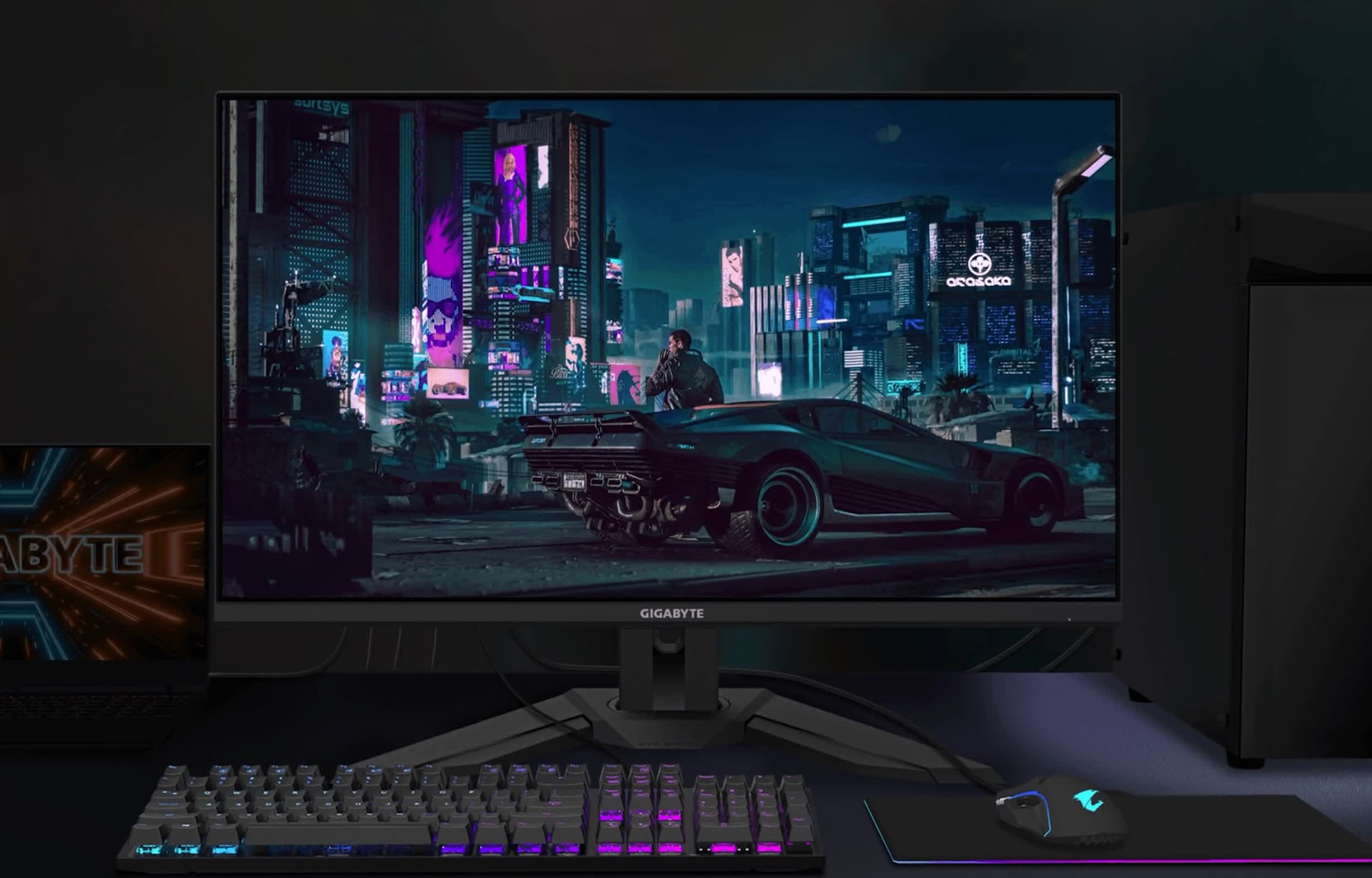
Gaming monitors typically offer the best value and the best pixel density in 27-inch models, but for some people, 27-inches is just too small and that's where 32-inch formats come into play.
There are plenty of good options and there's a few ways to go depending on how much you want to spend. At the budget level, the clear standout option goes to Gigabyte once again, with the M32Q. Earlier this year we were recommending the Gigabyte M32Q at the $450 price point, but now that's fallen to just $300, it is crazy good value for a 32-inch 1440p 170Hz IPS monitor. That's just $30 more than the M27Q Pro, making it almost a discussion more around what size you want between those two options, rather than how much you want to spend.
The Gigabyte M32Q does not offer class-leading performance, but there are no big weaknesses to it either, leaving you with a well balanced product at an attractive price point. Motion performance is in line with most modern IPS gaming panels, especially when looking at cumulative deviation that gives us an idea of the balance between response times and overshoot. Its 170Hz refresh rate is decent, low input lag, of course, and Gigabyte complements this with a backlight strobing feature that works with adaptive sync.
For color performance we get all the usual benefits of IPS: a flat panel with excellent viewing angles, a wide gamut and above average for an IPS contrast ratio. We wouldn't describe this as an ideal monitor for content creation, but it has a level of versatility that's well suited for playing games and watching videos.

Then for premium shoppers, the Corsair Xeneon 32QHD165 offers a much wider color gamut and better overall color performance for $600. The Asus ROG Swift PG329Q is also a great high-end option but it's also considerably more expensive at $700.
Other solid upgrade options if we wanted to spend $600 on a 32-inch 1440p monitor would be to be something like the Gigabyte Aorus FI32Q-X or Samsung Odyssey G7 which offer a 240Hz refresh rate at this size. You don't get as good value as you get on a 27-inch unit, but it's still something to consider.
Best 1440p HDR Gaming Monitor
A common theme among monitor shoppers in 2022 has been requests for HDR options. Unfortunately, in the 1440p class there aren't many products worth recommending. Certainly none of the products that we've been talking about so far offer a meaningful HDR experience, despite some featuring DisplayHDR 400 and 600 ratings. Almost all 1440p displays only have edge lit local dimming or even worse, no local dimming at all, which leads to a terrible HDR experience that's not significantly superior to regular SDR.
Previously we've recommended the AOC Agon AG274QXM, but it's been very difficult to come by outside of a few regions so we're giving up on that being a product with wide availability. It does look decent with a 1440p resolution, 170Hz refresh rate and 576 zone full array local dimming backlight, but it doesn't matter much if you can't actually purchase it.
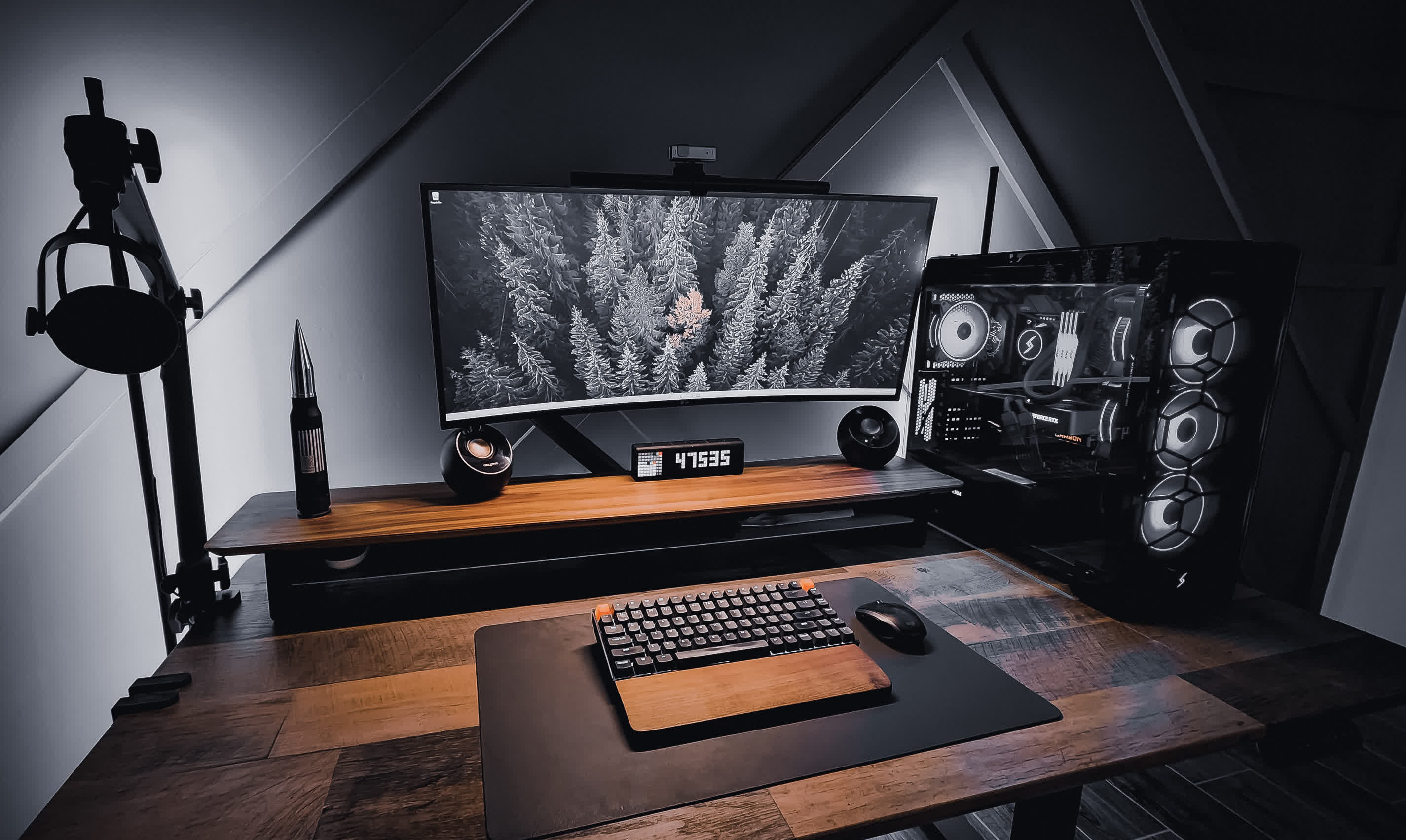
There are other mini-LED monitors set to hit the market soon from brands including Cooler Master, plus the looming inclusion of a 27-inch 1440p OLED display from LG in the near future. Those are the kind of products that would get us interested in buying a 1440p HDR monitor.
The other obvious option is to go for a 4K monitor or a 1440p ultrawide. You should check out our recent guide for the best HDR monitors where we cover some great options like the Alienware AW3423DW and LG C2 OLED, with more displays coming soon. And while these are very expensive, they are far more suitable HDR monitors than anything 1440p right now.
